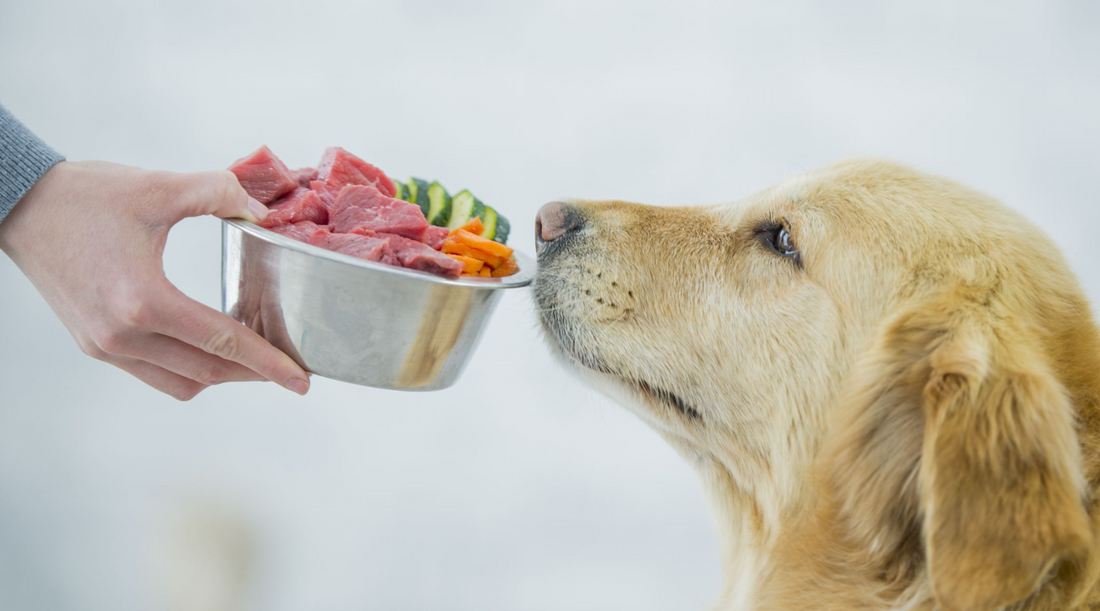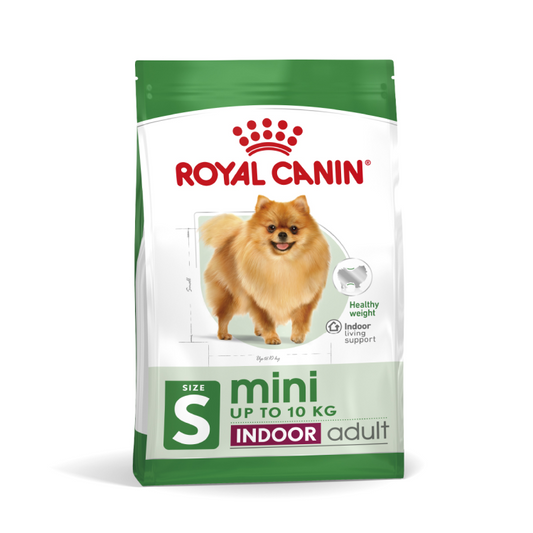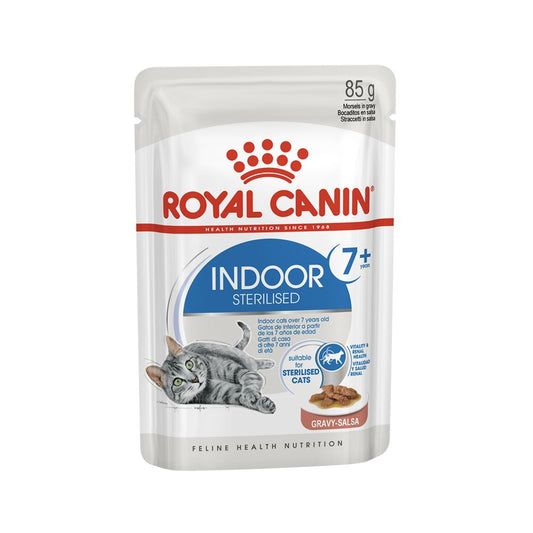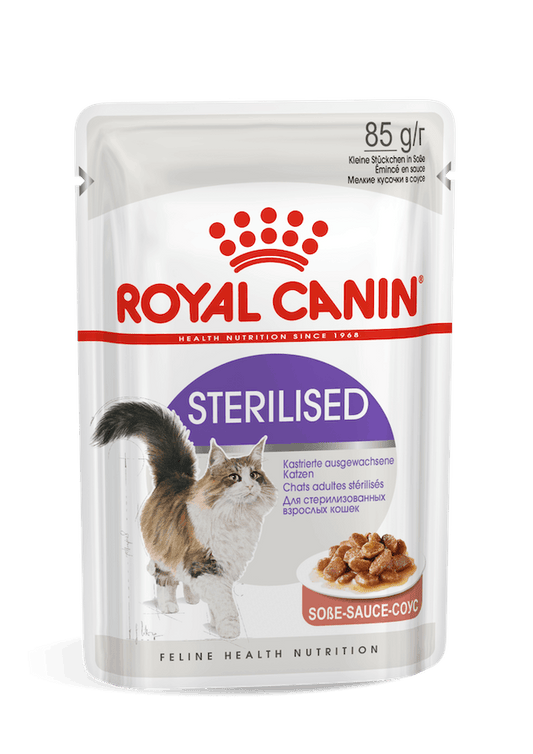We all agree that it is important to plan your meals daily and ensure you are getting a nutritious, balanced diet.
This principle extends to your pets. Depending on the animal and breed, your pet will have a different nutrition requirement. Pet owners are gravitating towards raw diets for their pets. Raw diets come with many benefits, but also concerns.
Let's explore the world of raw diets, understand their benefits and risks and debunk some myths.
Table of Contents:
|
Raw Diets- What is it?
A raw diet can be home-grown, store-bought, freeze-dried or dehydrated.
A raw diet normally includes:
-
organ meats
-
muscle meats
-
whole or ground bone,
-
raw eggs
-
animal-safe fruits and vegetables
-
dairy products(eg yogurt).

Benefits and Risks of Raw Diets
-
Raw food has comparatively less processed food , and the nutrients are more naturally available. Many people have found that raw diets have improved their pets' coats, resulting in shiner coats. It also leads to healthier skin, cleaner teeth, and higher energy levels. It also is your pet’s natural instinct to consume raw food.
-
Raw bones are not only delicious for your dog but also better than cooked bones. Raw bones retain their integral structure and are soft and spongy.
-
They are rich in fiber, vitamins, and minerals and are very good for your dog’s teeth. They also stimulate your dogs and keep them engaged during feeding time.
Introducing raw food to your pet’s diet:
You can add a raw egg to your dry food. They are high in protein and fatty acids. Raw eggs promote bone growth and are a great way to start with a raw diet.
Products like Minkas Duo Beef and Rabbit or Sheba fillets chicken provide the required nutrition and a smooth transition towards a raw diet.

Risks of a Raw Diet
Here are the potential risks of a raw diet:
-
Bacterial Contamination: Raw foods are prone to being contaminated by bacteria. Raw meat especially is a host of bacteria which can cause extreme illnesses like food poisoning in your pets.
-
Choking Hazard: If not chewed properly, the raw meat and bones are a choking hazard for your pet.
-
Harmful to humans: If raw food is prepared in a non-sterile environment, the harmful pathogens can pass onto humans too.

Let’s Debunk Some Myths About Raw Diets
Myth: My pet will get infected with parasites or bacteria after eating a raw diet.
Fact: Your pet’s digestive system can easily digest raw meat. But there is still a chance of contamination.
-
To reduce the risk of illnesses, use human-grade meat and freeze the meat 6-12 hours before use to kill all parasites.
Myth: My pet will turn bloodthirsty and aggressive once it consumes raw meat.
Fact: Carnivores do have a prey instinct, this drive is triggered by their behavior and environment, not their diet. Hence your pet will NOT turn bloodthirsty and aggressive once it consumes raw meat.
Myth: Animals cannot consume kibble and raw food at the same time.
Fact: This is completely false. Raw food and kibble can be consumed by your pet at the same period. They can be consumed in the same bowl!
-
However, a varying diet can upset animals with sensitive stomachs. If your pet has a sensitive stomach, slowly introduce new foods to them.
-
You can even use digestive supplements to ensure smooth digestion.

Myth: Puppies and kittens can’t consume raw foods.
Fact: Puppies and kittens can consume raw foods. Here's how:
-
Puppies, around 5-6 weeks old, can consume after weaning off of milk.
-
Kittens, around 3-4 weeks old, can consume raw foods after weaning off of milk.
Alternative Diets
If a raw diet is not suitable for your pet, then here are some alternatives you can consider.
Fresh Foods: Feeding your pets cooked ingredients like chicken, beef, and vegetables is one alternative. But a fresh food diet comes with its cons. It often lacks the required nutrients. Before planning such a diet, research what ingredients you can use.
Dry Foods: Dry food includes commercially produced food. The ingredients vary by brand, but all of them are required to meet the nutritional requirements. The ingredients in dry food are processed and cooked. These also can be dog treats, food pouches or dog chews.
-
Dry foods come in all sizes and textures. They even differ according to the size and age of the animal.
-
Dry foods cater to the specific dietary needs of dogs, They are a blend of essential proteins, fibers, nutrients, vitamins and minerals. Dry foods can be breed-specific too. It is easy to find the right fit for your pet.

Common FAQs around Raw Diets:
1)How to introduce raw food to your pet’s diet?
You can add a raw egg to your dry food. They are high in protein and fatty acids. Raw eggs promote bone growth and are a great way to start with a raw diet.
2) How do I plan the right meal for my pet?
Here are some pointers to look out for when planning a diet for your pet.
-
Health
-
Activity Level
-
Age and Size
-
Food allergies
-
Taste
3) How much raw food should I feed?
2-3% of their weight is enough. Active dogs and kittens may need a little more, but 2-3% of their adult weight is enough.
4) How do I store raw meat?
Ideally, raw meat should be stored in the freezer and defrosted on the top shelf of the fridge.
Conclusion
In conclusion, while raw diets have several benefits, it comes with grave risks. Understand the risks, before switching to a raw diet. Make the transition to a raw diet for your pet smooth and slow. If a raw diet does not work for you, then opt for certified dog food.
Maryam’s Pet contains certified dog food, raw food and all other treats for your pet.






